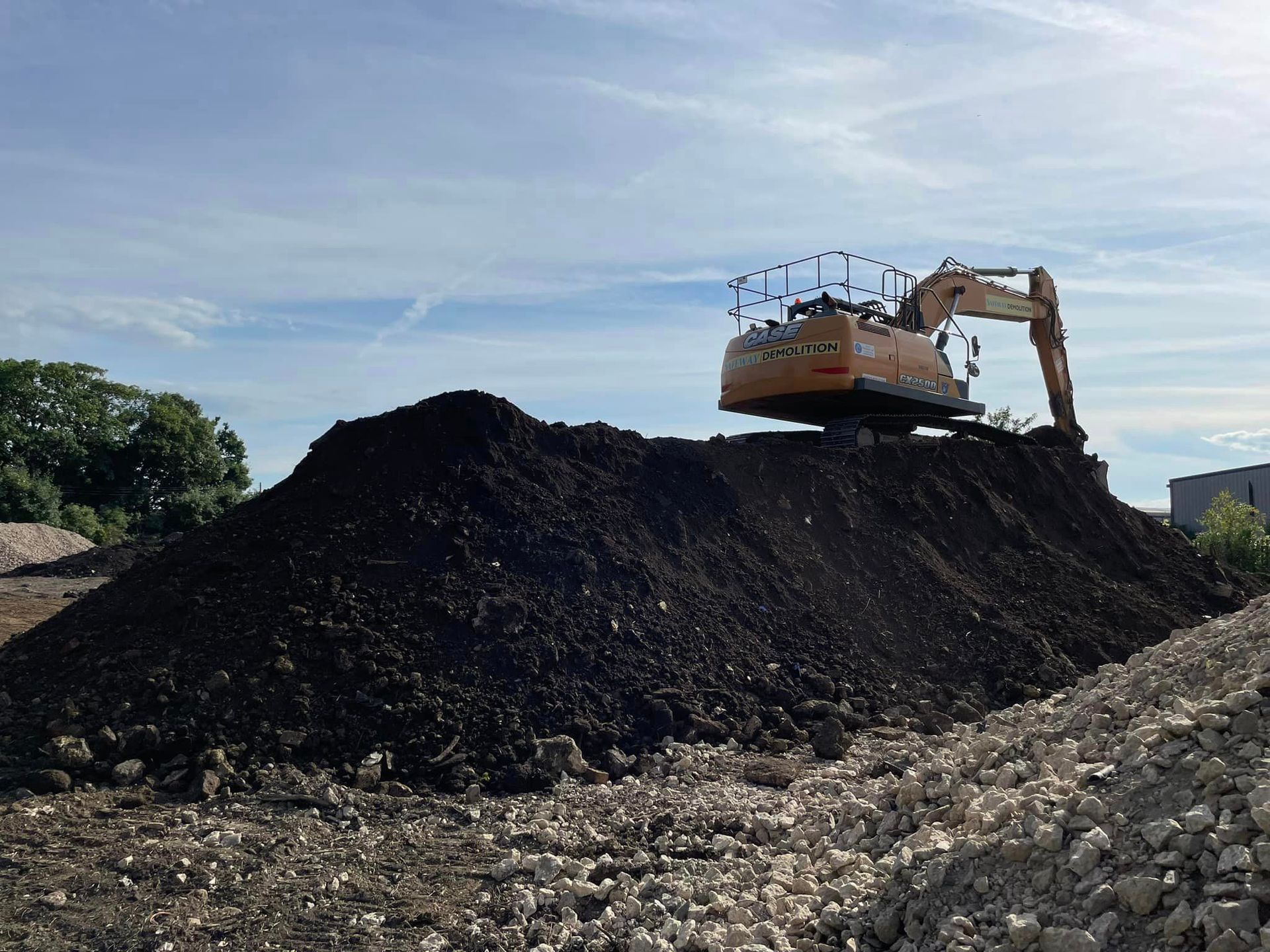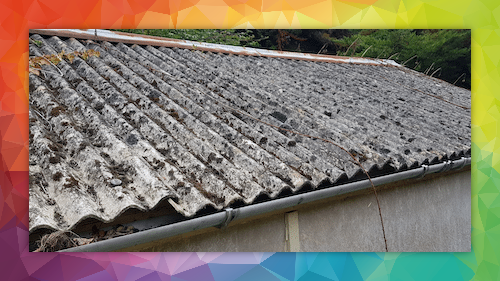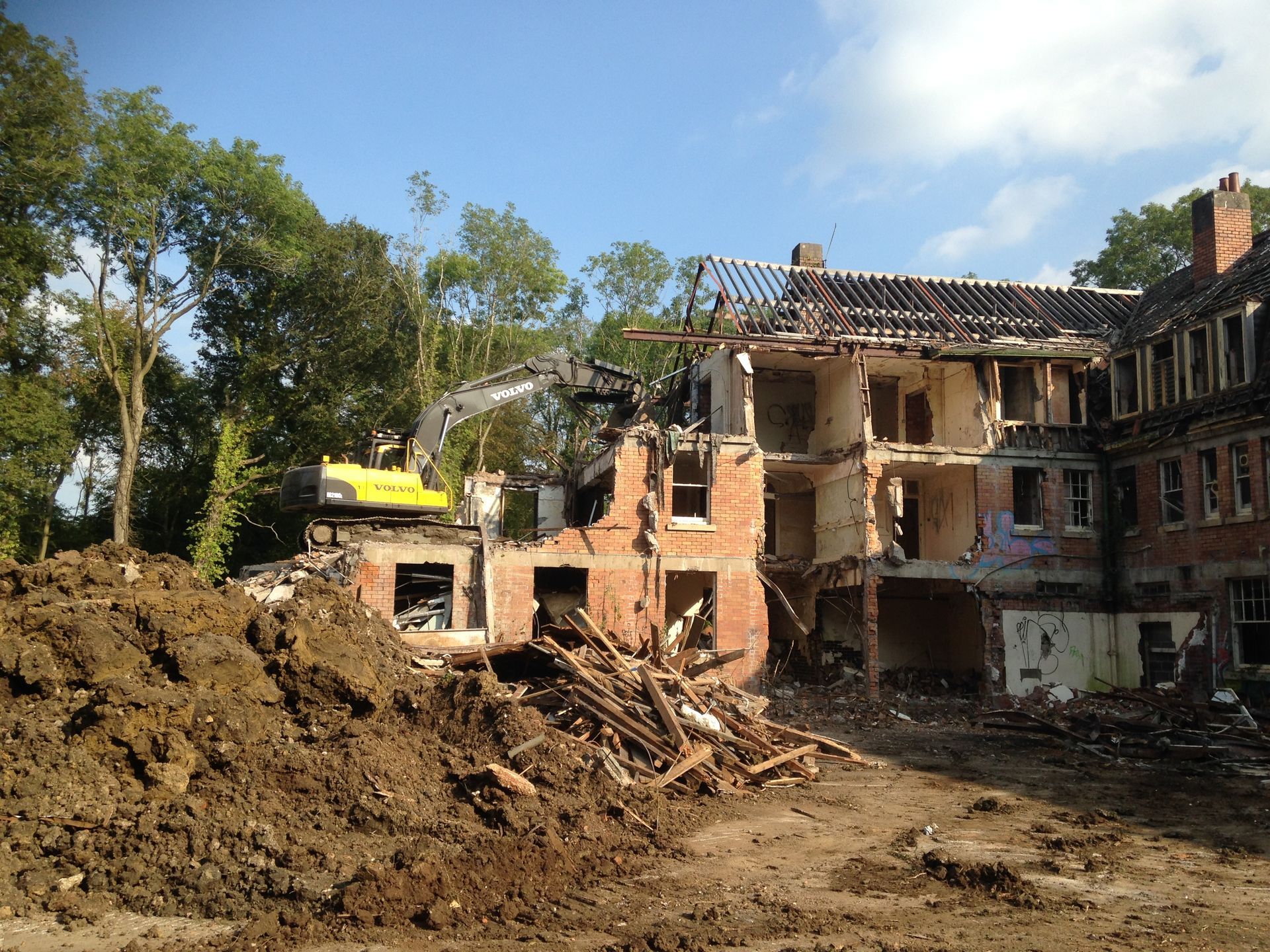Crushing / Recycling
Demolition Materials: Crush, Reuse On-Site, and Go Green

Crushing and Recycling Demolition Materials On-Site: Building a Sustainable Future
When it comes to demolition, the process doesn't have to mean contributing to landfills or wasting valuable materials. Crushing and recycling demolition materials on-site is a revolutionary approach that not only reduces waste but also promotes sustainability. Here’s how you can make the most out of your demolition project by crushing and reusing materials on-site.
The Benefits of On-Site Crushing and Recycling
- Environmental Impact: By recycling materials on-site, you significantly reduce the carbon footprint associated with transporting debris to landfills and new materials to the site. This practice conserves natural resources and reduces greenhouse gas emissions.
- Cost Savings: On-site recycling can lead to substantial cost savings. You cut down on transportation costs, disposal fees, and the expense of purchasing new materials. The crushed materials can be reused in various ways, such as backfill, road base, or new construction projects.
- Efficiency and Convenience: Having a mobile crusher on-site means you can immediately process materials as they are demolished. This reduces the clutter and allows for a more streamlined and efficient workflow.
The Process of On-Site Crushing and Recycling
- Assessment: Before demolition begins, assess the types and quantities of materials that can be recycled. Common materials include concrete, asphalt, bricks, and metals.
- Equipment: Use mobile crushers and screens that can be easily transported to the demolition site. These machines are designed to handle the rigours of crushing and sorting materials efficiently.
- Separation: Separate materials that can be recycled. For instance, steel reinforcements should be removed from concrete. This step ensures that the recycled product is clean and usable for other projects.
- Crushing: The separated materials are fed into the crusher, which breaks them down into smaller, manageable pieces. These crushed materials can be sorted by size and quality for different uses.
- Reuse: The crushed materials can now be reused on-site for various purposes. Crushed concrete can be used as aggregate for new concrete, road base, or fill material. Metals can be sent to recycling plants, and bricks can be repurposed for new construction.
Real-World Applications
- Road Construction: Recycled materials can be used for road base and sub-base layers, reducing the need for virgin materials and lowering project costs.
- New Construction: Crushed concrete and bricks can be used as aggregate for new concrete, providing a sustainable option for building foundations, driveways, and walkways.
- Landscaping: Recycled materials can be used for landscaping projects, such as creating retaining walls, garden paths, or decorative elements.
Case Study: Success in Action
Consider our recent demolition project at an old station yard site in Stonehouse. By implementing on-site crushing and recycling, the project team was able to recycle 85% of the demolition materials. This resulted in significant cost savings, reduced environmental impact, and a quicker project timeline. The recycled materials were used to create a new parking lot and green space, showcasing the potential for sustainable development.
Conclusion
Crushing and recycling demolition materials on-site is more than just an eco-friendly option; it's a smart business decision. It promotes sustainability, reduces costs, and enhances efficiency. By adopting this approach, you’re not only contributing to a healthier planet but also paving the way for innovative construction practices. Next time you embark on a demolition project, consider the benefits of on-site crushing and recycling – it's a win-win for both your budget and the environment.










